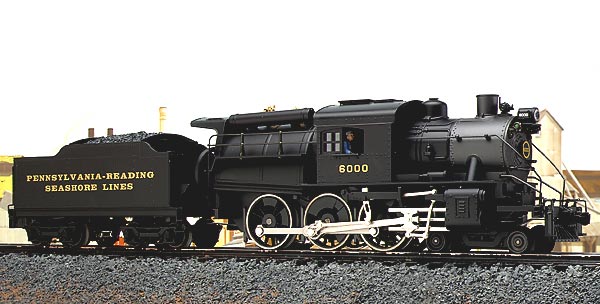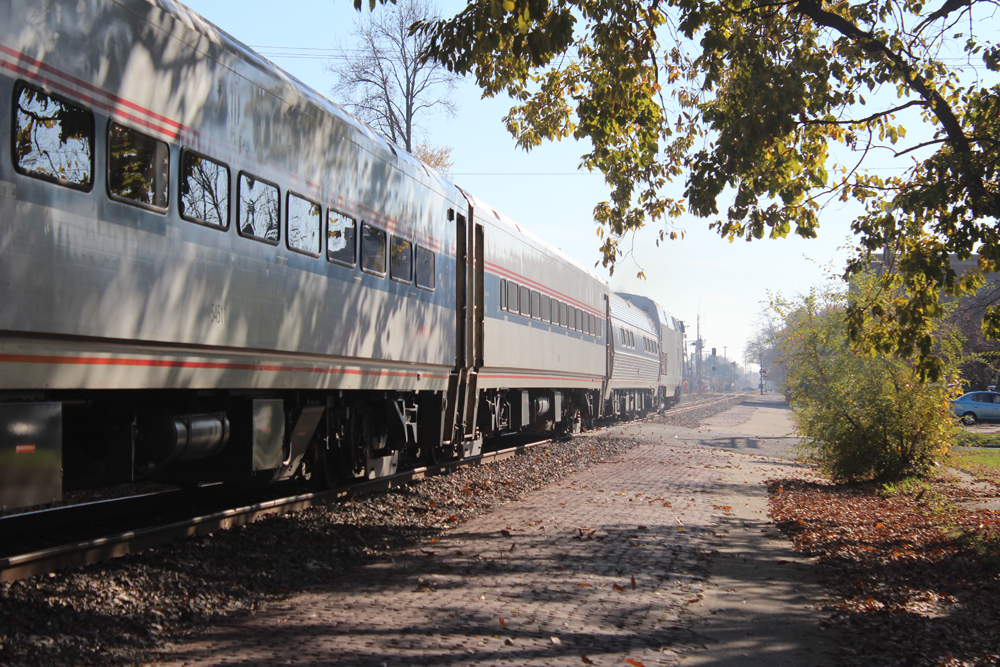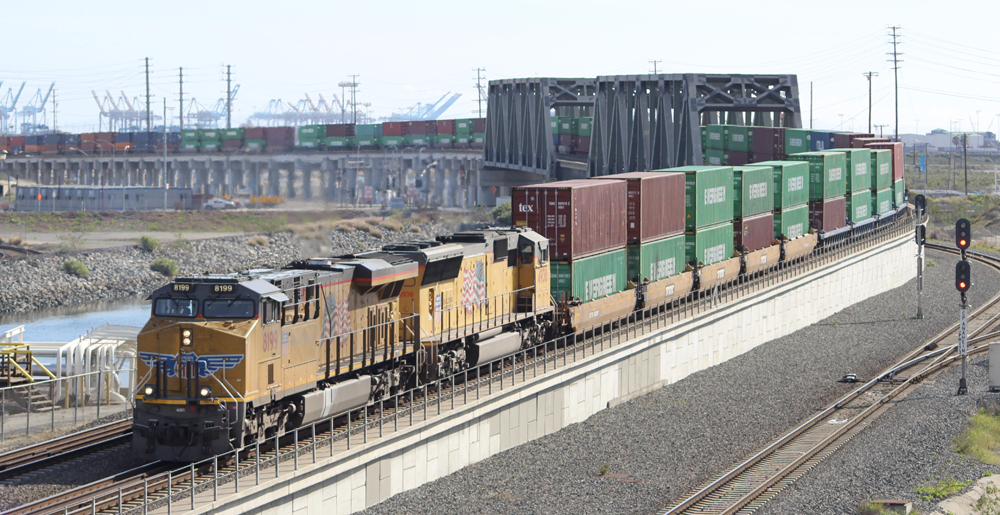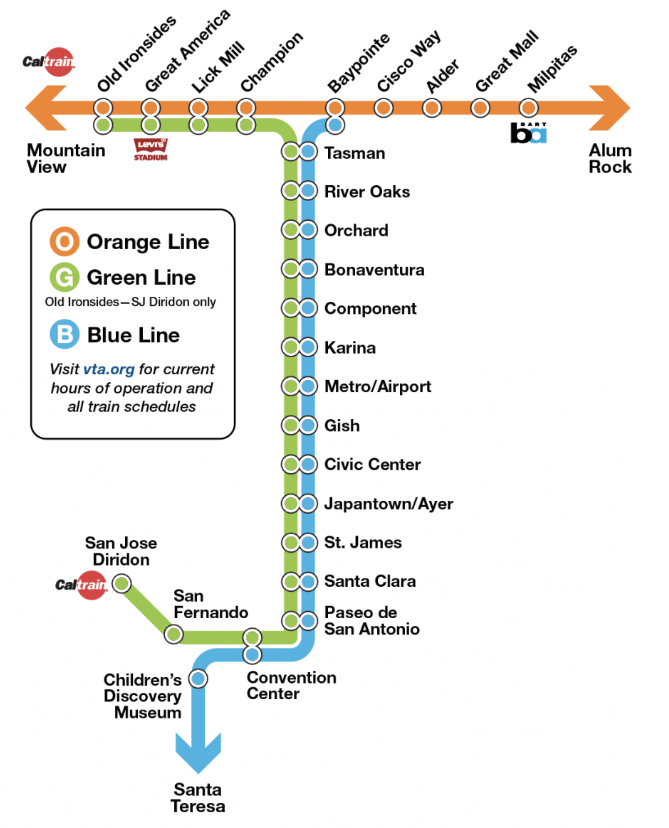The name “Camelback” came from the early days of railroading, when some steam locomotives were designed with their cabs atop the boiler. “Mother Hubbard” referred to locomotives that had the engineer and cab in the middle of the boiler and the fireman at the rear.
The design that inspired the Lionel Camelback came about after the creation of the wide Wooten firebox – an efficient box designed to burn low-quality soft coal. The cab was moved forward to make space for the firebox, while the fireman, who serviced the wide and shallow fire, remained at his normal duty station at the rear of the boiler.
My Uncle Fred spent a few years firing Camelback locomotives on the Lackawanna Railroad. When asked of his experiences, he didn’t reveal glorious, heroic tales of riding the rails. Instead, Uncle Fred exclaimed, “I froze my butt off during the winter and burned my tail during the summer.”
Clearly, prototype railroaders may not have the best memories of this unique design.
A few operational Camelbacks lasted into the 1950s. What is probably the last of the breed in operation was Colorado Fuel & Iron no. 4 (former Philadelphia & Reading no. 1187), which is now owned by the Pennsylvania Railroad Museum in Strasburg, Pa.
Lionel is offering its newest version of a Camelback 4-6-0 in a variety of road names, including the Pennsylvania-Reading Seashore Lines. “The what?” you ask.
The Pennsylvania-Reading Seashore Lines (PRSL) was created in 1933 to bring order to the Philadelphia to New Jersey lines of the Pennsylvania and Reading railroads. It was made up of the Pennsy’s West Jersey & Seashore Lines and the Reading’s Atlantic City Railroad.
Popular for getting people out of the hot city to the cool beaches during the summer, the PRSL would run as many as 176 passenger trains a day, 115 of which ran between the Market Street Wharf or Broad Street Station in Philadelphia and the Jersey Shore.
The model
By our estimation, this appears to be a re-creation of a Jersey Central L7-class 4-6-0. Lionel’s model captures most of the key reference points. Oddly, the detail that first caught my eye wasn’t the pilot or even the cab, but the rear of the locomotive where the fireman stands!
As crazy as it sounds, the fireman stood on the front deck of the tender and shoveled coal into twin firebox doors on the locomotive.
Weather aside, you can visualize the thrill of bouncing along on the tender and trying to toss black diamonds into two small hatch openings moving slightly out of sync with your feet. Yup, those were real railroad men.
The Lionel model has a nice level of detail and reminds us of the firm’s scale-sized Baltimore & Ohio 4-4-2 Atlantic that we first reviewed in the May 2001 issue.
The tooling on the Camelback is clean, and impressions are crisp. Cast-in pipes and rivets look great, as do such add-on details as compressors, turbines, the bell, and pop-off valves.
I especially like the way the handrail curves around a compressor. The unit also features “torpedo” air reservoir tanks above the firebox.
Other than two crew figures, the cab lacks detail and illumination. It does, however, have a sliding roof hatch.
The only texture detail on the deck surfaces is some rivet detail on the pilot, running toward the front uncoupler bar.
Backhead detail includes two cast-in firebox doors. This unit has a wired (versus wireless) tether that plugs into the locomotive just below the firebox.
Illumination includes a headlight, marker lights, and a backup light mounted atop the tender.
The tender is a functional piece with cast-in rivet and coal detail.
You’ll find a volume control knob and a sound on/off switch beneath the water tank hatch. Run/program and smoke on/off switches are on the locomotive. The tender also has an add-on ladder, handrails, grab irons, and a simulated uncoupler bar above a TMCC-operated coil coupler.
Paint and decoration are first rate, but you won’t find a lot of exotic details like builder’s plates or class data. “Extras” are kept at a minimum. You do get a number plate on the smokebox and the engine number and road name. The locomotive number, “6000,” wasn’t on any PRSL roster I could find.
In 1999 and 2001, Lionel offered a Camelback 4-6-0 in Jersey Central, Lehigh Valley, Pennsylvania, and Southern Pacific road names.
In 2003 the locomotive was re-cataloged with some improvements and was offered in a number of road names (Baltimore & Ohio; Delaware & Hudson; Jersey Central; Lackawanna; Long Island; New York, Ontario & Western; Susquehanna; and PRSL) – in both conventional-control and command-control versions. We tested the TMCC version.
On the test track
Our locomotive’s conventional-control mode low-speed average was 20.4 scale mph, while the high-speed average was 133.1 scale mph. Drawbar pull for the 7-pound, 5-ounce locomotive is 2 pounds, 6 ounces.
Our command-control mode low-speed average was 15.2 scale mph. This was a bit high in our estimation, but the mechanism just didn’t seem to be smooth enough to consistently go slower without stalling.
The only operational quirk worth mentioning occurred in the lower speed ranges, whether using conventional or command control. It was hard to keep the locomotive running at a consistent speed without frequently adjusting the throttle. Too bad this attractive locomotive doesn’t have Odyssey speed control.
The RailSounds system lives up to its reputation, delivering a rich selection of well-reproduced chuffs, hisses, and other noises.
The TrainMaster command-control functions, such as coil coupler operation, performed as advertised.
Whatever you call this Lionel gem, a “Camelback” or a “Mother Hubbard,” it looks unlike most steam power that you’ll find on a typical O gauge layout. It is quite a conversation piece.
The fact that Lionel is offering it in so many road names enables just about anyone from east of the Mississippi to add one of these nice-running locomotives to his or her fleet.















mine will not smoke period tried ALL the suggestions- zilch
This locomotive was very difficult to keep running without constant throttle adjustments (TMCC).
I had to have an EOB unit installed in order to correct the above problem.
You better love the way it looks, because unless you are going to spend the extra cash to install the EOB, it is not much fun to operate.
Now if I could only correct the poor smoke unit output!